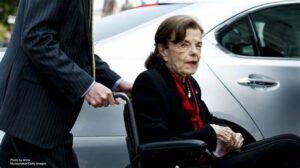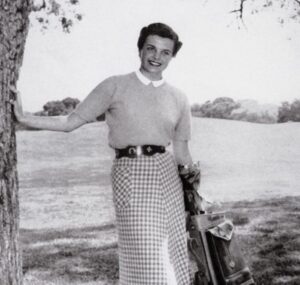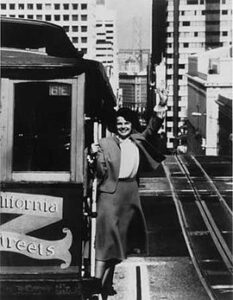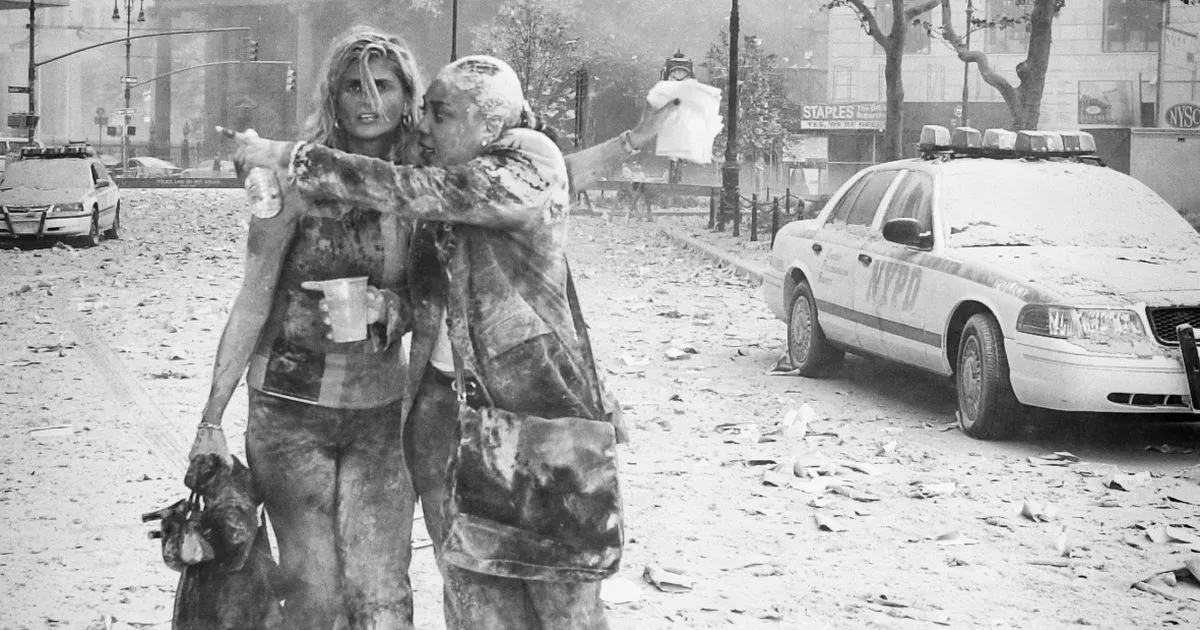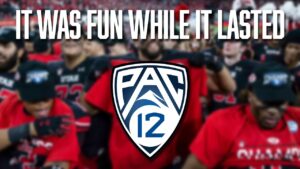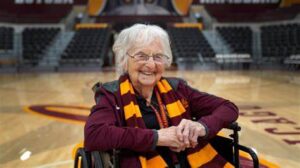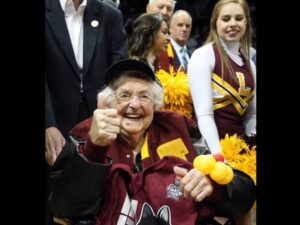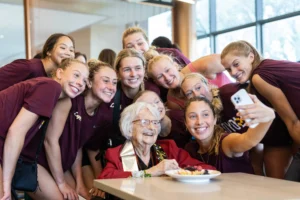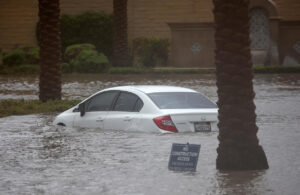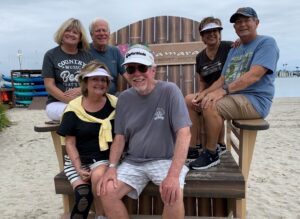By Suzanne Sparrow Watson
Halloween is quickly approaching and at the risk of sounding like a grumpy old person, it seems like the holiday has gotten much too complicated – and expensive. The National Retailers Association estimates that more than $10.3 billion will be spent on the Halloween season this year. Yes, somewhere along the line Halloween has gone from a holiday to a season. At my local Target the part of the store that hasn’t already been turned into a Christmas wonderland is dedicated to over-the-top Halloween displays. There are strings of lights to put on the house, special Halloween gift bags and toys, a Pin the Tail on the Cat game and aisle after aisle of decorations and party favors.
Halloween costumes used to be cobbled together from things found around the house – a sheet with holes in it for a ghost or towels pinned around the neck for a Superman cape. If you were really lucky you had a grandparent with a glass eye so you could borrow their patch for a pirate costume. The occasional kid bought a plastic mask at the five and dime but that was thought to be phony and close to cheating. The fun of Halloween was using our imagination to come up with the cleverest costume. We proudly marched in our school parades and vied for the prize for best costume. Yep – they gave out one award. We didn’t get a ribbon just for participating. On Halloween night, we were let loose in the neighborhood with a battle plan that would have made an Army general proud. We plotted out which houses to avoid – those that gave out hard candy or fruit – and which to hit first. The lady around the corner was always our starting point because she made delicious popcorn balls. Then we progressed to the homes that dished out divinity, brownies, and fudge. We never gave a thought about eating food that had been prepared by someone we didn’t know. The majority of treats we collected on Halloween were home-made, lovingly wrapped up in waxed paper or aluminum foil, and they were scrumptious.
 Adults are increasingly participating in this holiday that was once the domain of children. I suppose we should have seen this coming. People are in need of an escape these days. What better way to suppress your anger about politics, the economy, and the state of the world than to dress up like Barbie or Spiderman? Still, it seems like this should be a holiday for children, not another excuse for mom and dad to dress up and act goofy.
Adults are increasingly participating in this holiday that was once the domain of children. I suppose we should have seen this coming. People are in need of an escape these days. What better way to suppress your anger about politics, the economy, and the state of the world than to dress up like Barbie or Spiderman? Still, it seems like this should be a holiday for children, not another excuse for mom and dad to dress up and act goofy.
But the real change over the decades is that many kids no longer trick-or-treat. Now the trend is to have home parties. I know that there are risks to roaming the neighborhood and that the world is full of scary people, but I still find it sad that kids miss the fun of going house to house. Because no matter how great the favors are from Target, it can’t be as much fun as plotting routes, knocking on strangers’ doors and being rewarded with popcorn balls.
I live in a community that is mostly comprised of older people and I miss seeing young kids come around each year. I miss asking them about their costumes and providing the appropriate response when they twirl in their princess dress or growl in their werewolf mask. I still buy Snickers bars each Halloween in hopes that someone will come by, but inevitably they end up in my freezer. I’ve discovered that frozen Snickers bars are really good with coffee. Consequently, my post-Halloween ritual is to spend extra time at the gym. Halloween – and my metabolism – are both different these days.






